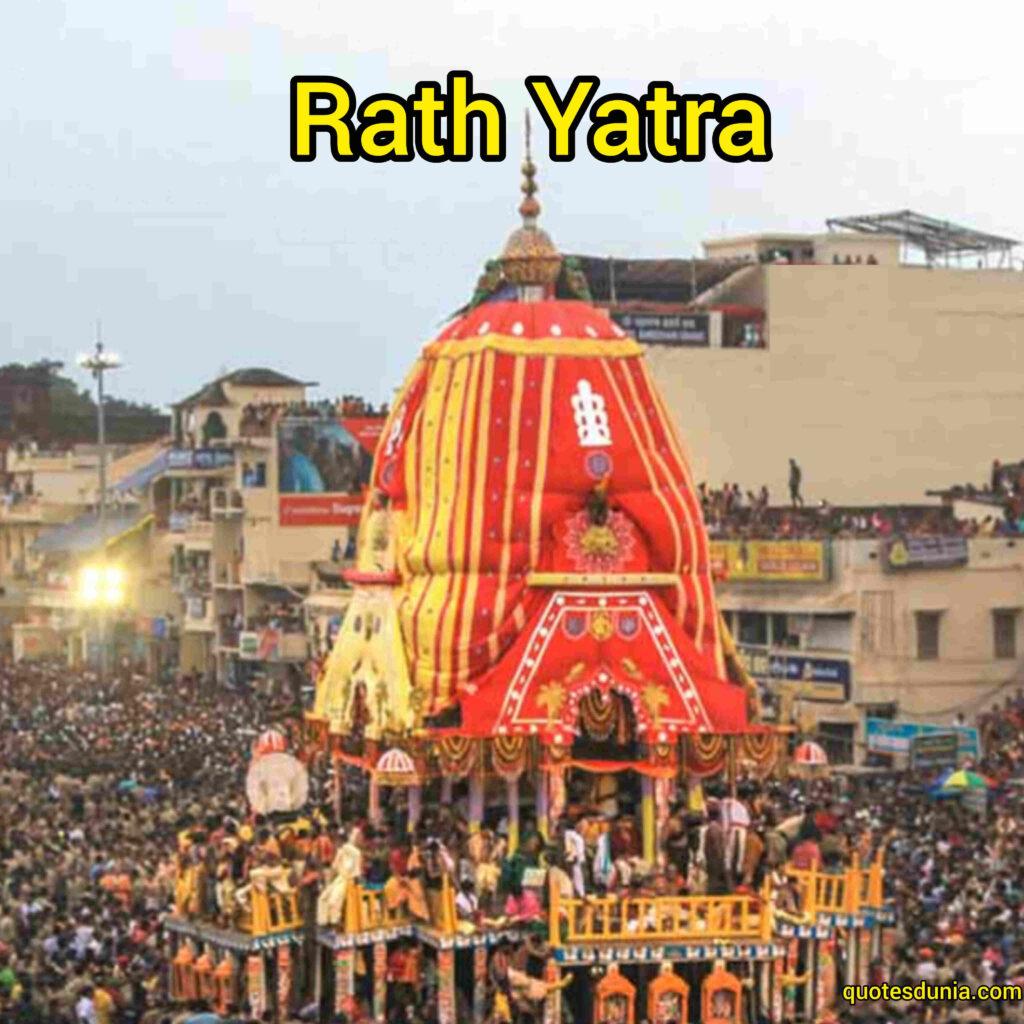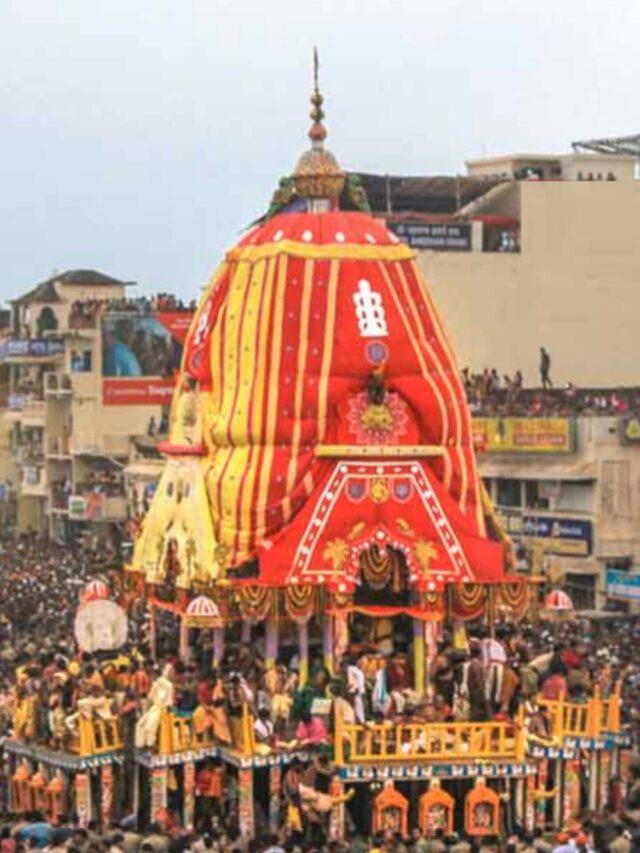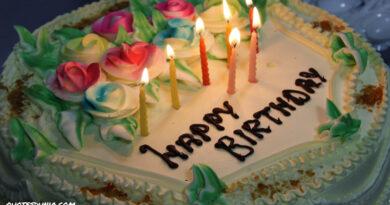Rath Yatra: A Grand Festival Celebrating Lord Jagannath’s Chariot Journey
Rath Yatra is a grand festival that holds immense cultural and religious significance in India. The term “Rath Yatra” translates to “Chariot Journey” in English. This vibrant and joyous celebration takes place in the city of Puri, located in the eastern state of Odisha. It attracts millions of devotees from all corners of the country and even abroad. The festival is dedicated to Lord Jagannath, one of the most revered deities in Hinduism.

History of Rath Yatra
Origins of Rath Yatra
The roots of Rath Yatra can be traced back to ancient times. The festival finds its mention in various Hindu scriptures and texts, including the Skanda Purana and the Brahma Purana. According to these ancient texts, the first Rath Yatra was organized by Lord Jagannath’s devotee, King Indradyumna. Legend has it that Lord Jagannath appeared in the king’s dream and instructed him to construct the chariots and organize the grand procession. Since then, Rath Yatra has been celebrated with great zeal and enthusiasm.
Significance of Rath Yatra
Rath Yatra holds immense spiritual significance for devotees. It symbolizes the journey of Lord Jagannath, accompanied by his siblings, Lord Balabhadra and Devi Subhadra, from their abode, the Jagannath Temple, to the Gundicha Temple. The chariot journey represents the annual visit of Lord Jagannath to his birthplace, where he is believed to spend a few days with his aunt before returning to the Jagannath Temple. This journey is seen as an opportunity for devotees to get closer to the divine and seek blessings.
The Rituals and Celebrations
Preparation for Rath Yatra
The preparations for Rath Yatra begin months in advance. Skilled artisans and carpenters meticulously craft the massive chariots, known as raths, using traditional methods and materials. The chariots are made from specially selected neem wood and adorned with intricate carvings and colorful decorations. The deities are adorned with new clothes and jewelry, and a special diet consisting of fruits and sweets, known as “Ratha Bhoga,” is prepared.
The Chariot Procession
On the day of Rath Yatra, devotees gather in large numbers at the Jagannath Temple. The air is filled with anticipation and excitement. The chariots are pulled through the streets of Puri amidst chants of “Jai Jagannath” and the beating of drums. The three chariots, each dedicated to a specific deity, are named Nandighosa (Lord Jagannath’s chariot), Taladhwaja (Lord Balabhadra’s chariot), and Darpadalan (Devi Subhadra’s chariot). The sight of the towering chariots, with the deities seated inside, is a spectacle that leaves spectators in awe.
The Journey to Gundicha Temple
The procession covers a distance of approximately three kilometers from the Jagannath Temple to the Gundicha Temple. It is believed that during this journey, the deities bless the devotees and fulfill their wishes. The streets are lined with devotees who offer prayers and seek the divine blessings of Lord Jagannath. The procession moves forward, guided by the rhythmic beats of cymbals, drums, and devotional songs.
Stay at Gundicha Temple
Upon reaching the Gundicha Temple, the deities are ceremoniously welcomed by the priests and temple authorities. They are placed on specially designed thrones, and daily rituals and prayers are performed. Devotees flock to the temple to catch a glimpse of the deities and seek their blessings. The stay at Gundicha Temple lasts for about a week, during which the temple premises buzz with religious activities, cultural performances, and devotional fervor.
Rath Yatra Wishes
May Lord Jagannath’s Rath Yatra fill your life with love, compassion, and spiritual fulfillment. Happy Rath Yatra to you and your loved ones !
As the majestic chariot of Lord Jagannath rolls by, may it bring peace, harmony, and prosperity into your life.
Jai Shri Jagannath !
FAQs about Rath Yatra
Q: What is Rath Yatra?
Rath Yatra, also known as the Chariot Festival, is an annual celebration marking Lord Jagannath’s chariot journey.
Q: When is Rath Yatra celebrated each year?
Rath Yatra is celebrated on the second day of the bright fortnight in the Hindu month of Ashadha, which usually falls in June or July.
Q: How many chariots are used in Rath Yatra?
Rath Yatra involves three massive chariots, each dedicated to Lord Jagannath, Lord Balabhadra, and Goddess Subhadra.
Q: Can anyone participate in the Rath Yatra procession?
Yes, anyone can participate in the Rath Yatra procession. Devotees from different walks of life come together to pull the chariots and seek the blessings of Lord Jagannath.
Q: What is the significance of pulling the chariots?
Pulling the chariots is considered highly auspicious. It is believed that by participating in this sacred act, devotees cleanse themselves of sins and attain spiritual liberation.
Q: Are there any specific rituals associated with Rath Yatra?
Yes, there are several rituals associated with Rath Yatra, including the “Chhera Pahanra” ceremony, where the Gajapati King sweeps the chariots with a golden broom, symbolizing humility and devotion.
Q: How long does the Rath Yatra festival last?
The Rath Yatra festival typically lasts for nine days, including the day of the procession. The concluding day is known as “Bahuda Yatra,” when the deities return to the Jagannath Temple.




